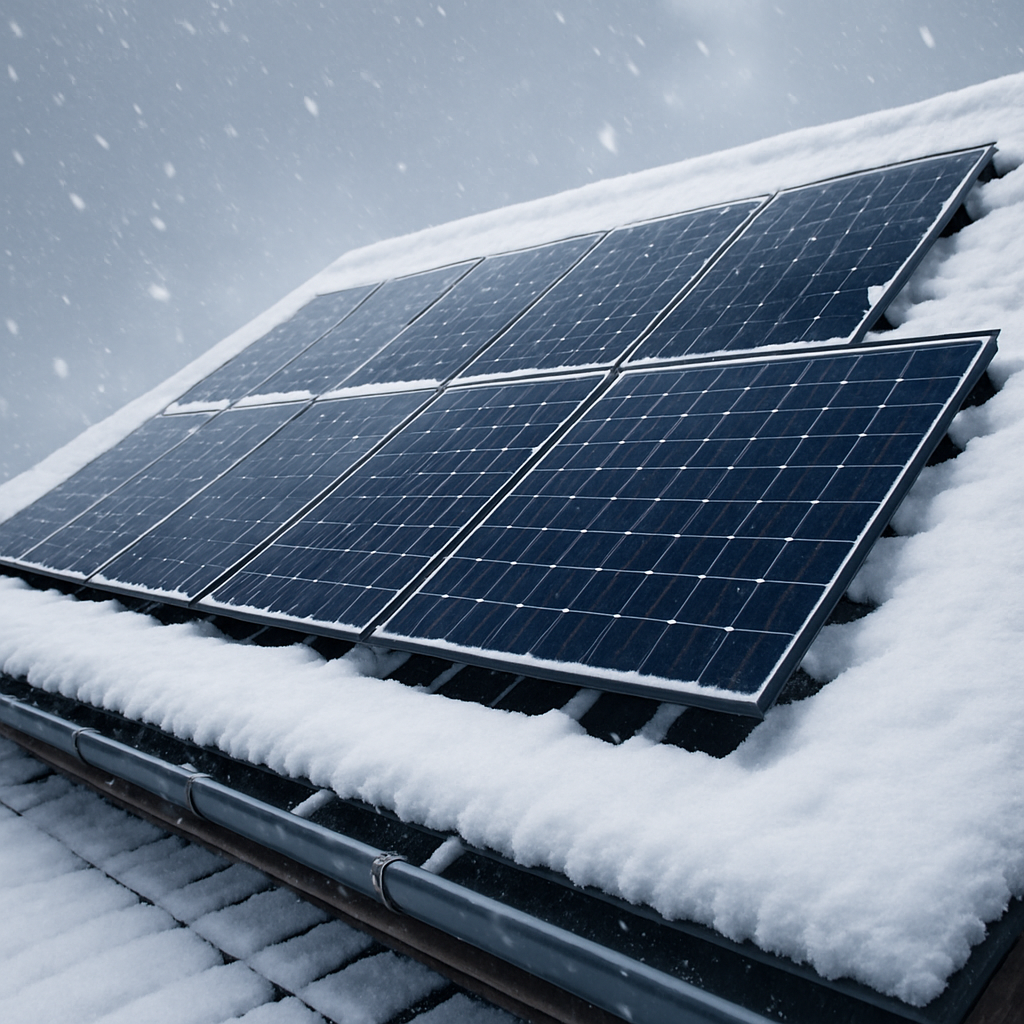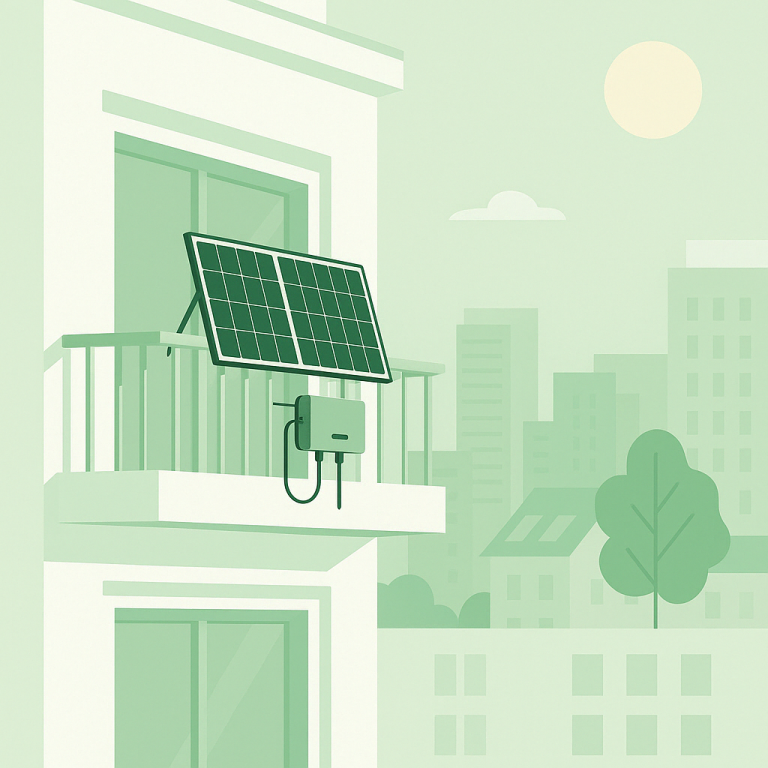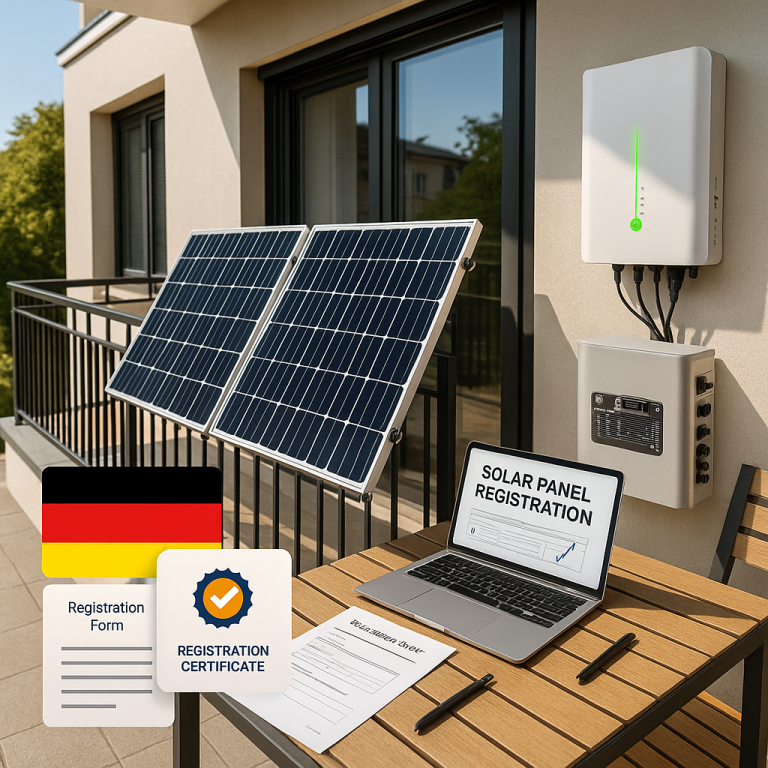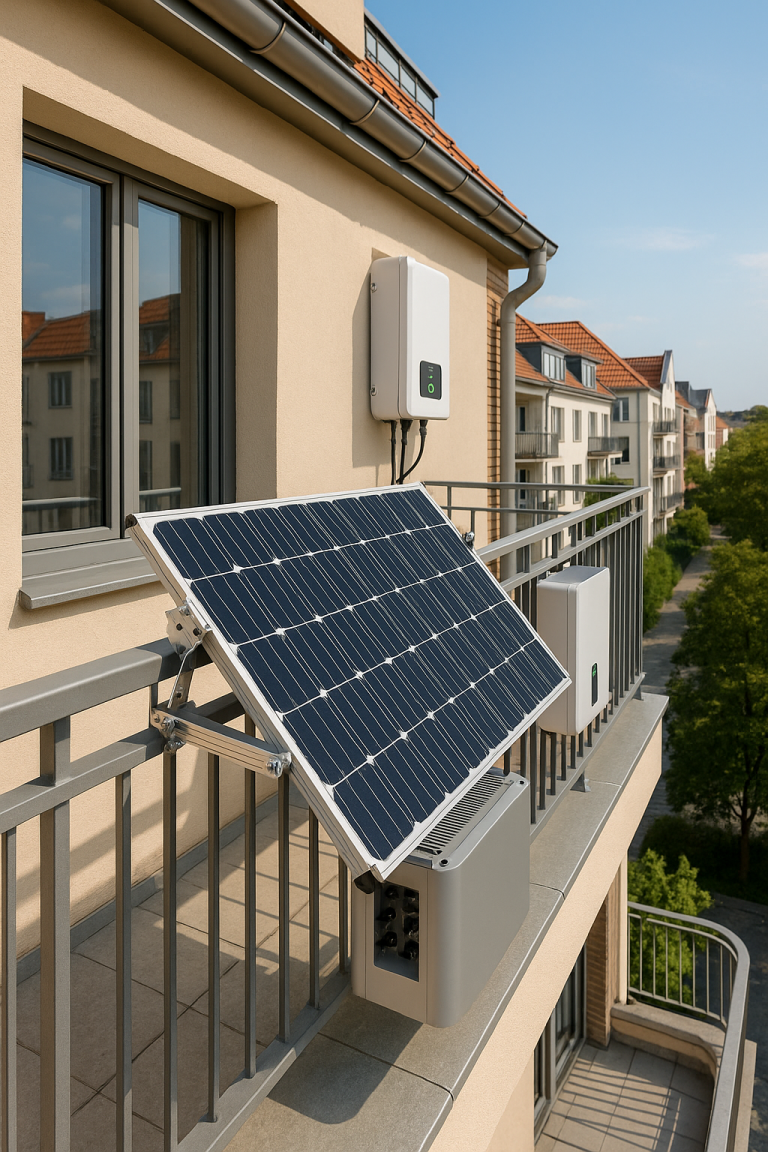❄️ Introduction: Can Solar Work in Cold, Wet Climates?
Yes! Solar panels work efficiently in cold weather and can still generate power in cloudy or rainy conditions. However, proper design, mounting, and maintenance are essential to ensure your system performs well in snowy or rainy European regions like Scandinavia, the Alps, or northern Germany.
This guide provides the latest tips for 2025 on how to maximize performance and durability of your PV system under harsh climate conditions.
⛱️ 1. Optimal Tilt Angle for Snow Shedding
In snowy regions, solar panels must be mounted at steeper angles (35°–55°) to allow snow to slide off easily. Benefits:
- Minimizes shading and snow accumulation
- Improves self-cleaning from rain or melt
- Reduces structural stress
❄️ For example, in Oslo, a 45°–50° tilt helps snow shedding without sacrificing solar yield.
Also consider installing frame-less panels or those with hydrophobic coatings to prevent snow sticking.
☔️ 2. Waterproofing and Drainage Essentials
Heavy rain and snowmelt require effective waterproofing and drainage planning:
- Use IP67 or IP68-rated connectors and junction boxes
- Ensure sealants on roof penetrations are weather-resistant
- Add drip edges or gutter rails below panels for water diversion
- Protect inverters and batteries in weatherproof enclosures
? Pro Tip: Use cable grommets and silicone boots to prevent leaks at conduit points.
? 3. Panel Selection and Durability
Choose panels certified for high snow and wind load:
- IEC 61215 & IEC 61730 compliance is a must
- Look for panels rated 5400 Pa snow load or higher
- Use double-glass or tempered-glass panels for added strength
- Prefer black-frame or all-black modules to absorb more heat (snow melting)
?️ 4. Regional Considerations in Europe
| Region | Average Snowfall | Best Tilt Angle | Special Notes |
|---|---|---|---|
| Norway & Sweden | High | 45°–50° | Use high-load panels & steep tilt |
| Alps (CH/AT/IT/FR) | Medium–High | 40°–45° | Ground mounts ideal for heavy snow |
| UK & Benelux | Low | 30°–35° | Focus on waterproofing |
| Poland & Baltics | Medium | 35°–45° | Add rear supports for snow wind loads |
? 5. Maintenance Tips for Harsh Weather
- ✅ Use a soft broom or snow rake to clear panels safely
- ✅ Avoid metal shovels or ice scrapers
- ✅ Install panel-level monitoring to detect shading or failure
- ✅ Check mounts and seals annually
- ✅ For hybrid or off-grid setups, ensure battery is above freezing point (use heat pads if needed)
✨ Conclusion: Smart Design = Year-Round Output
Cold and wet conditions don’t have to limit your solar ambitions. With tilted mounts, weather-sealed components, and snow-ready panels, your system can thrive even through Alpine winters or Baltic rainstorms.
Want a tailored solution for your region? Contact JYHSolar or explore more solar engineering insights.




